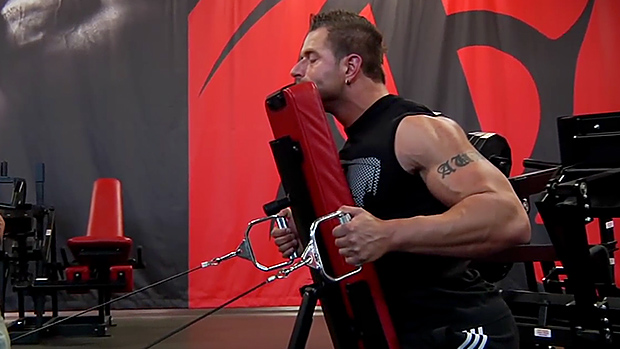Not all squats are created equal, nor is there a definitive "must-do" squat for anyone who isn't a powerlifter. For real-world performance, however, front squats reign supreme.
Performance Standard: 1RM
- Males: 1.7 x bodyweight
- Females: 1.3 x bodyweight
Performance
Front squats require an upright torso, which – on top of resembling most athletic movements – gives them a multitude of benefits. They're superior for improving rate of force development, boosting reactive power, enhancing the ability to accelerate/decelerate, and eliciting peak core activation.
Two particular studies found that front squats produced greater increases in jump height (by 23%) and faster 40-yard dash times (by 0.2 seconds, or 3.3%) than back squats after 10 weeks of training (1, 2).
Anti-Fragility
The front-racked load acts a counterbalance, allowing for a better posterior weight shift and an enhanced squat depth. Front squats open up extra range of motion in the hips and ankles, and create long-lasting improvements in mobility and end-range stability.
Front squats also encourage active external rotation at the shoulders, a "quieting down" of the lats, and the recruitment of the upper back to stabilize the scaps, all of which improve posture.
Strength and Muscle
The upright position produces a more angled tibia, which shifts the focus almost entirely onto the quads. Paired with the increased range of motion, front squats are a double whammy for turning even the smallest of bird legs into a meaty pair of wheels.
- Hartmann H et al. Influence of Squatting Depth on Jumping Performance. J Strength Cond Res. 2012 Dec;26(12):3243-61. PubMed.
- Balderree AS et al. The Effects of Back and Front Squat Exercises on Sprint Speed and Vertical Jump: A Pilot Study. Int J Sports Sci. 2019;9:1-7.




